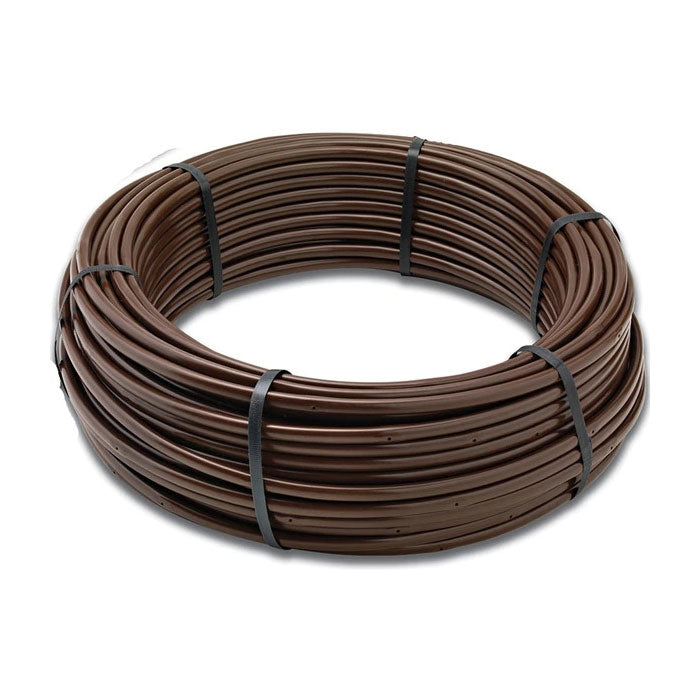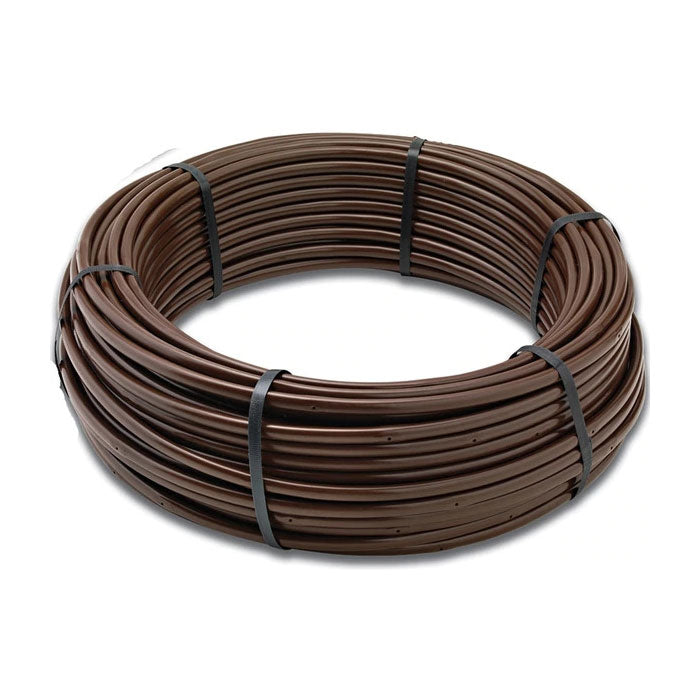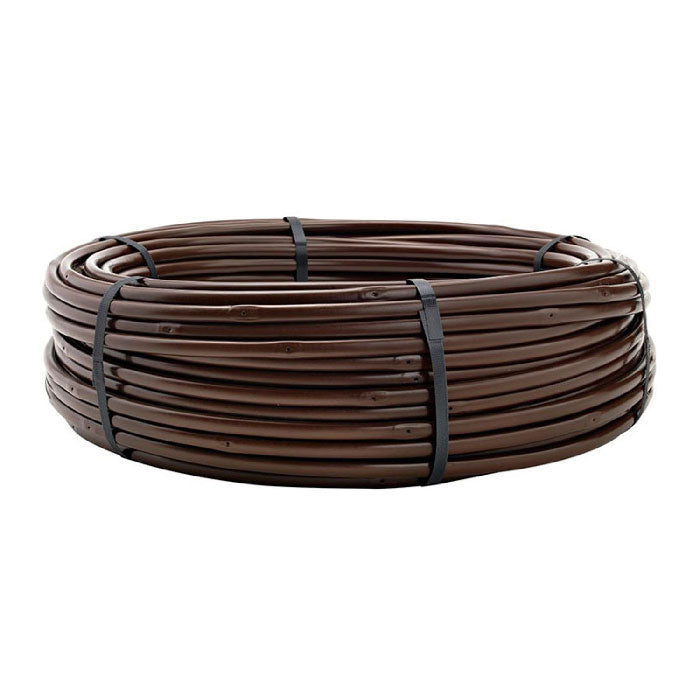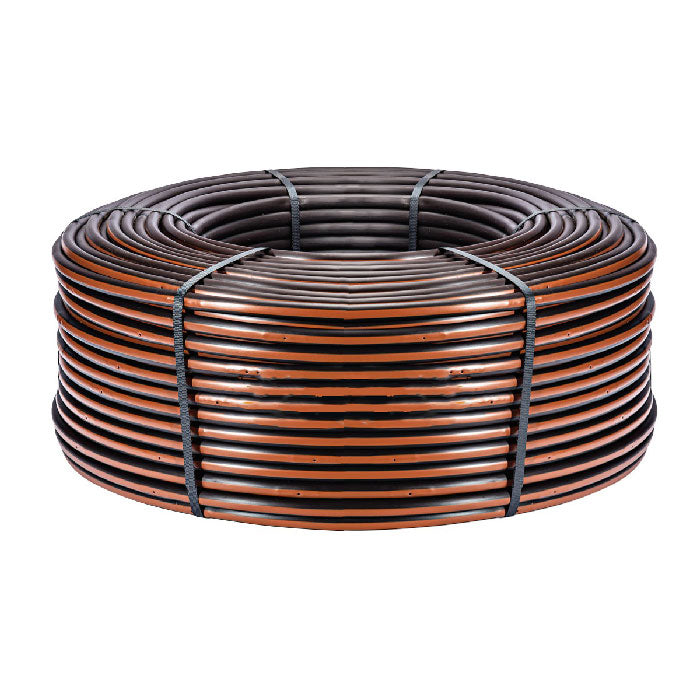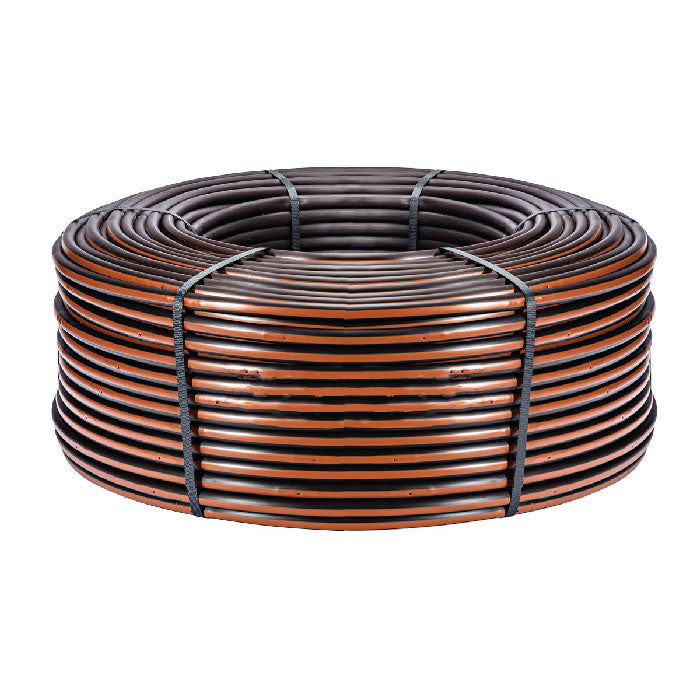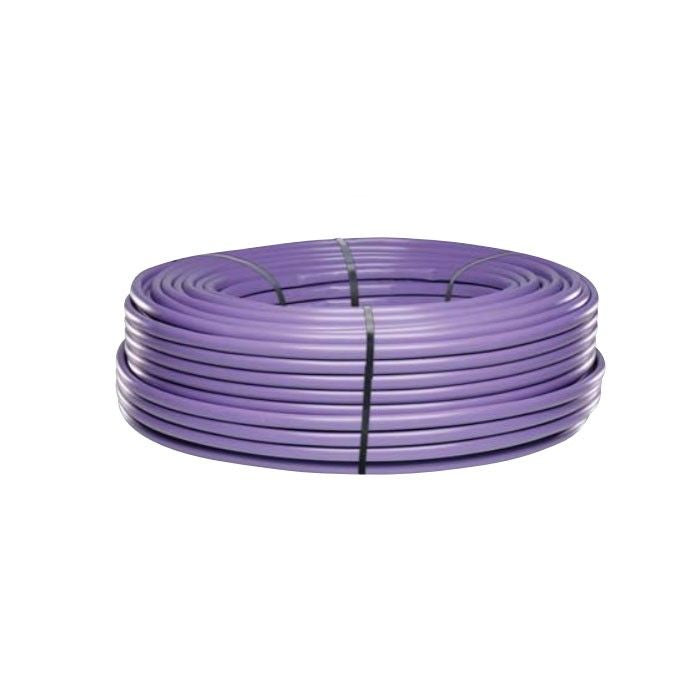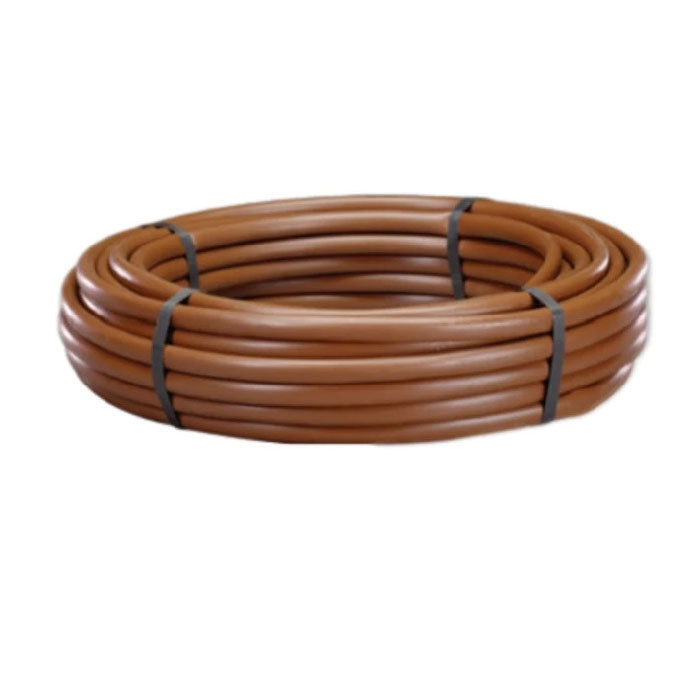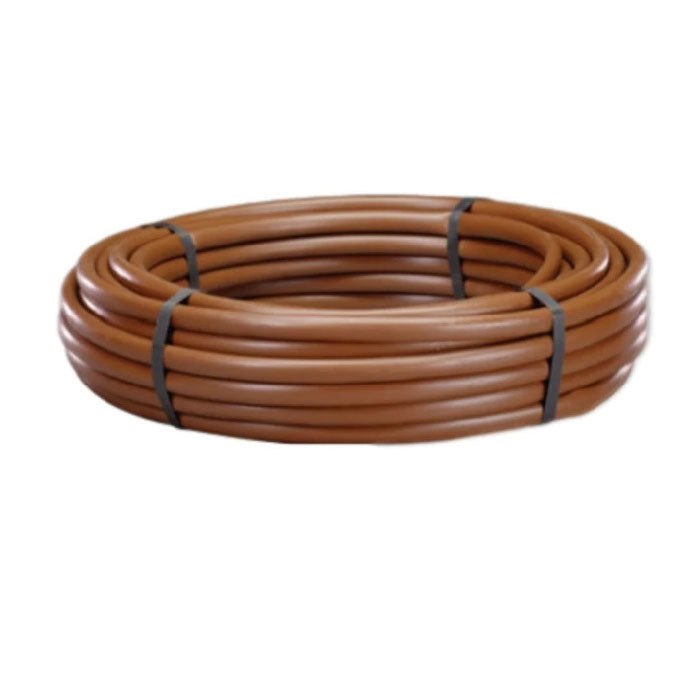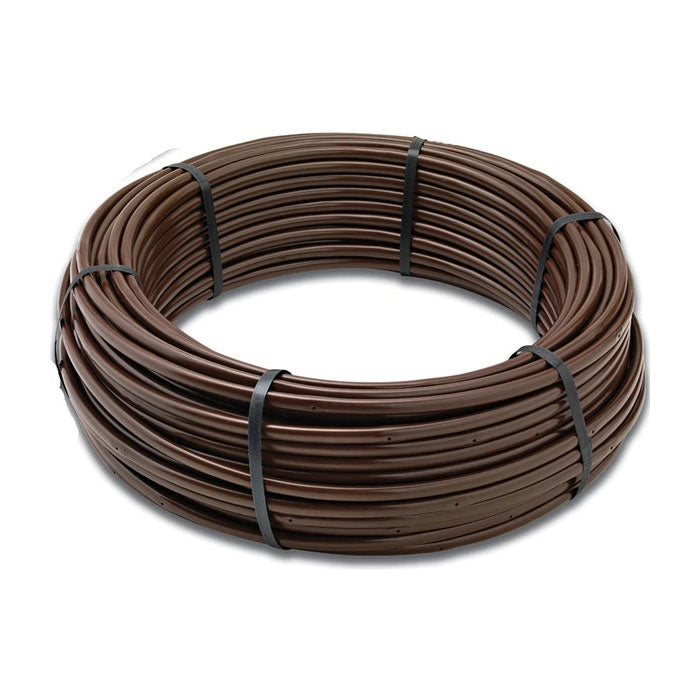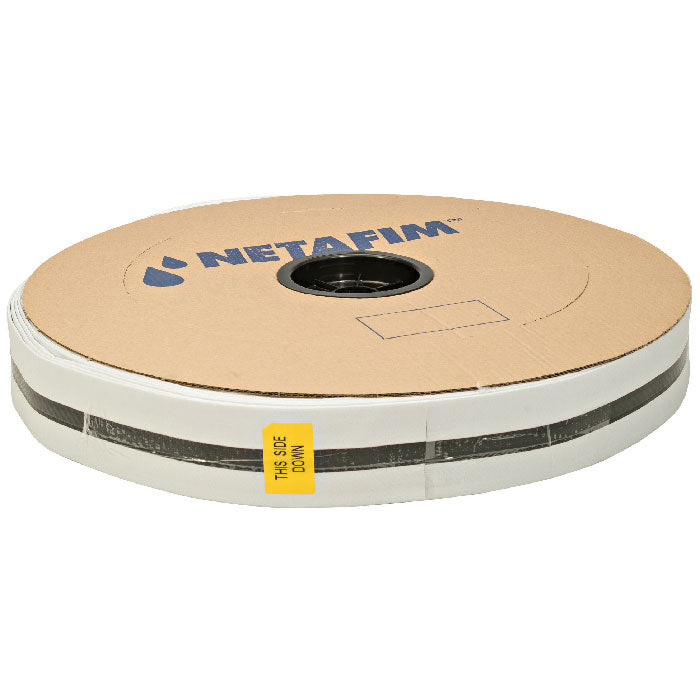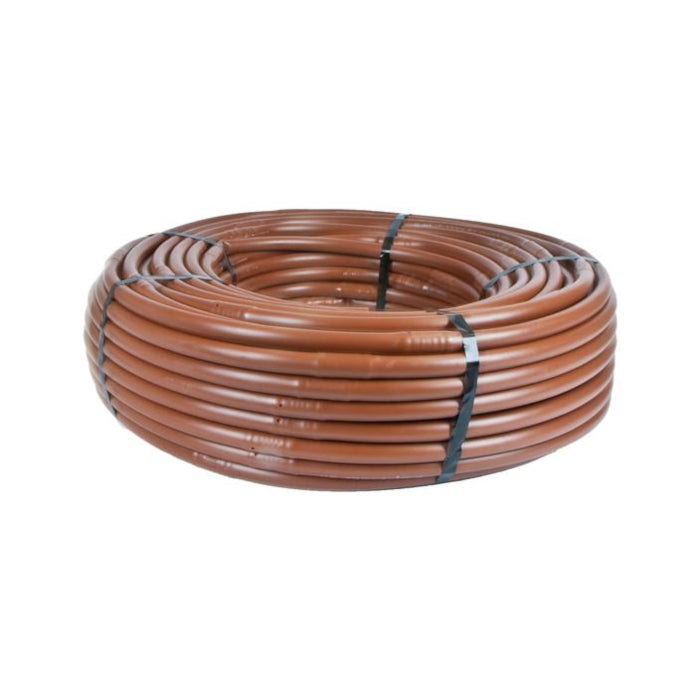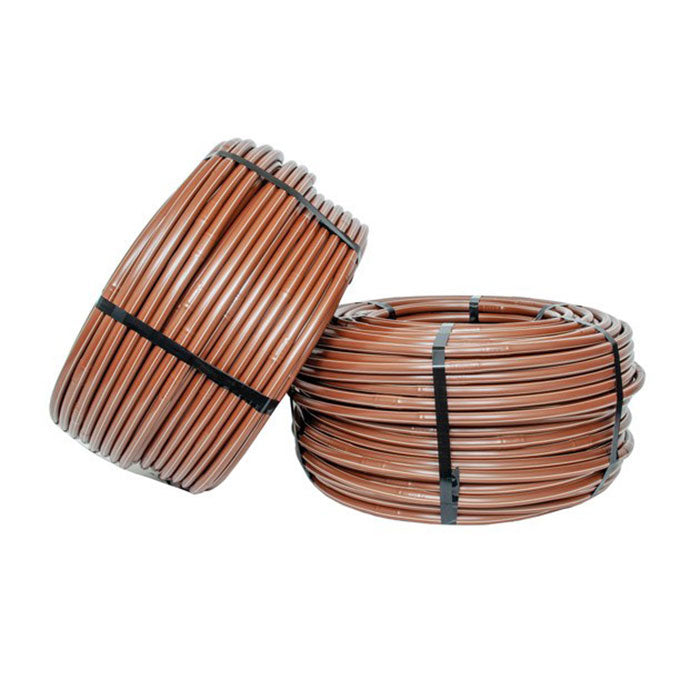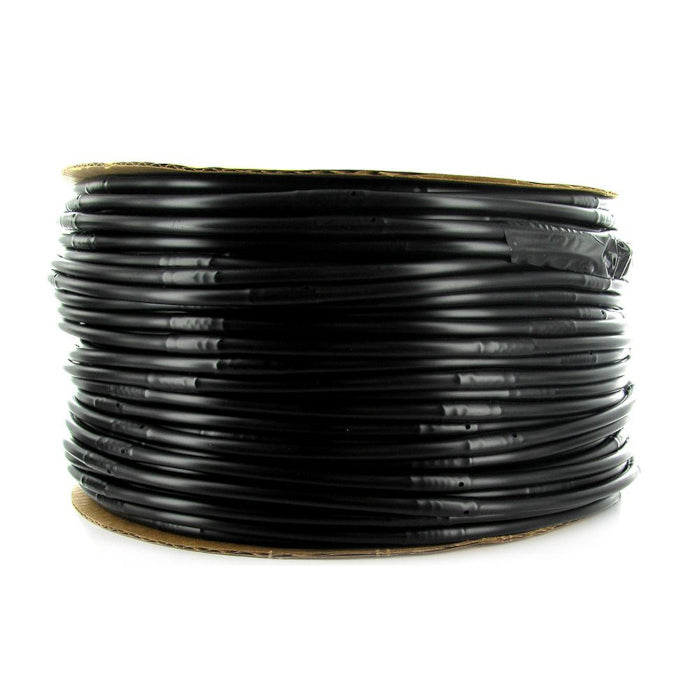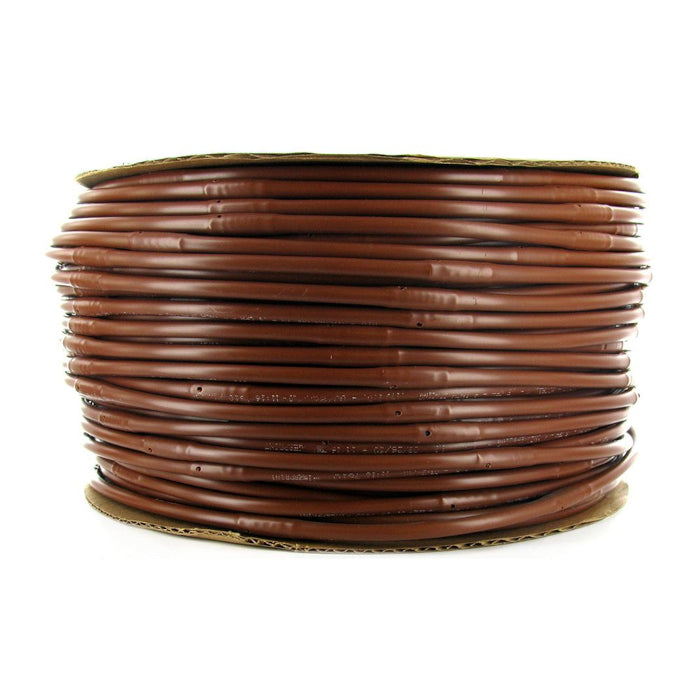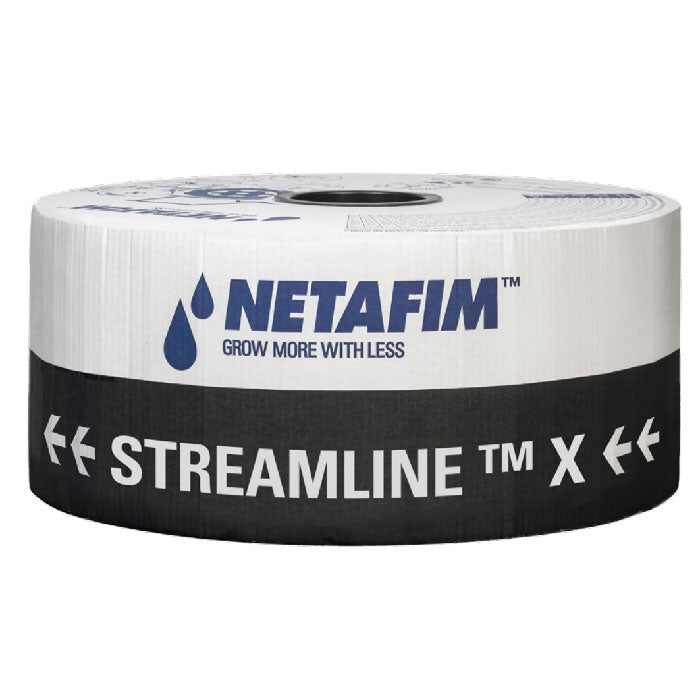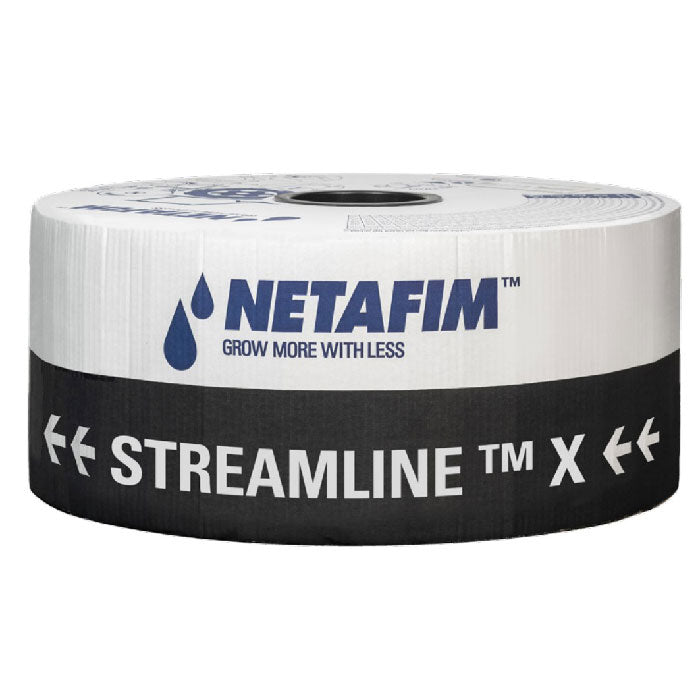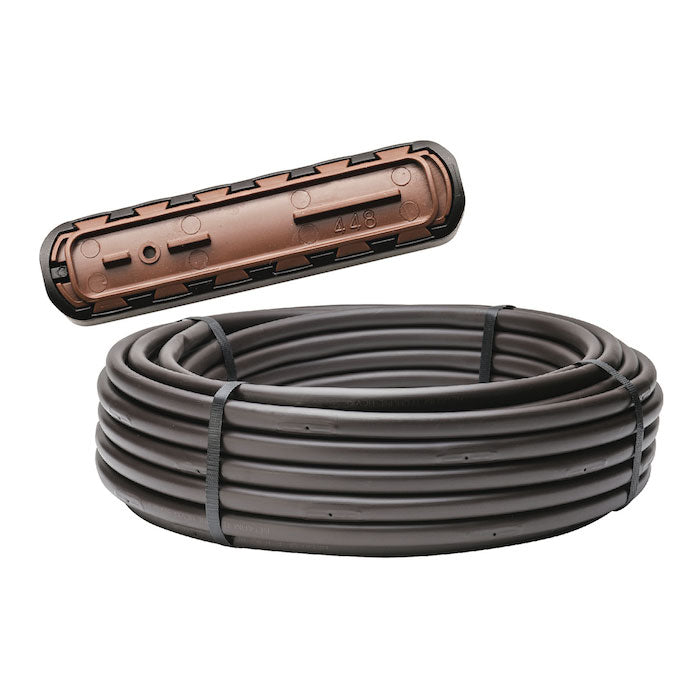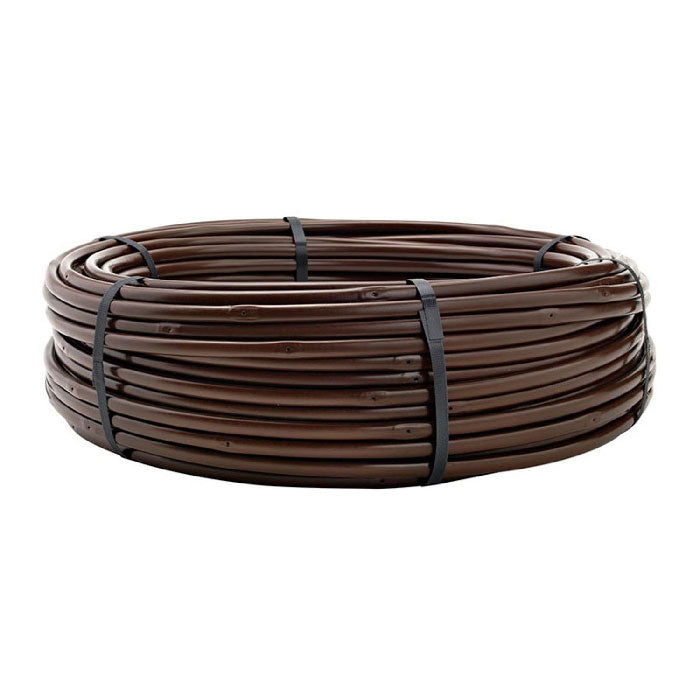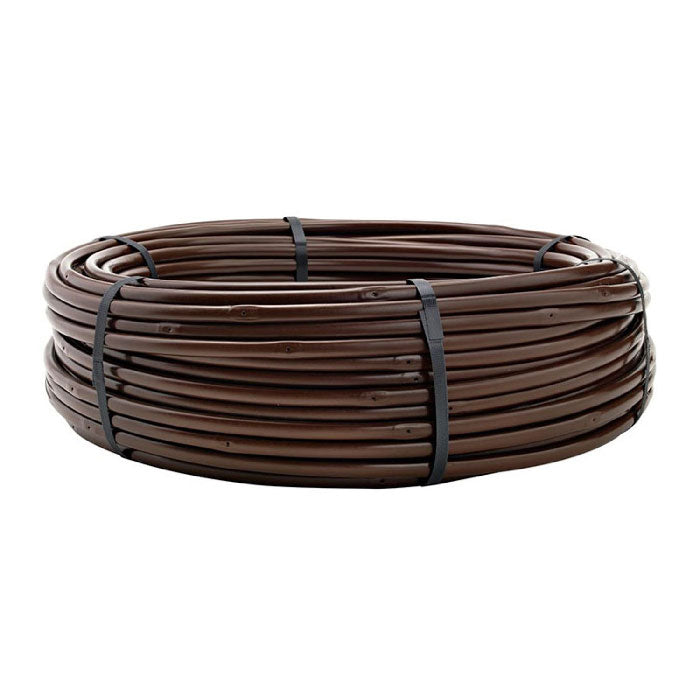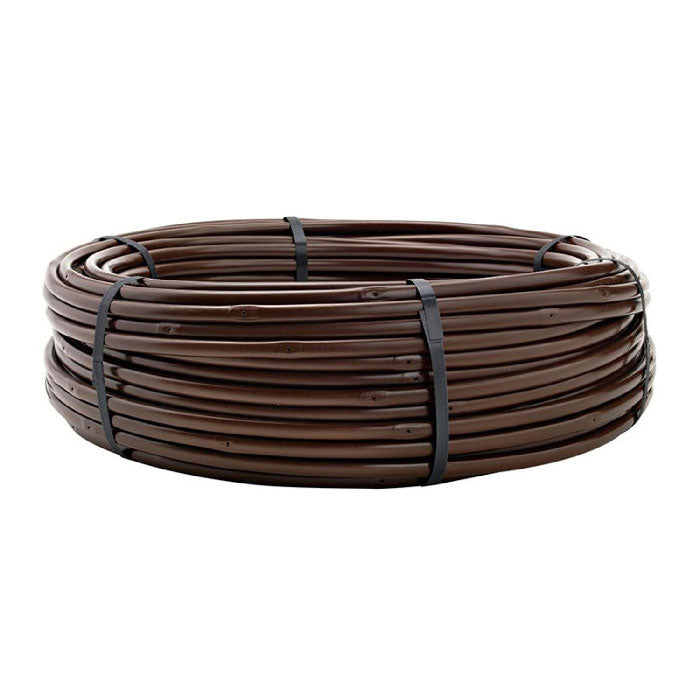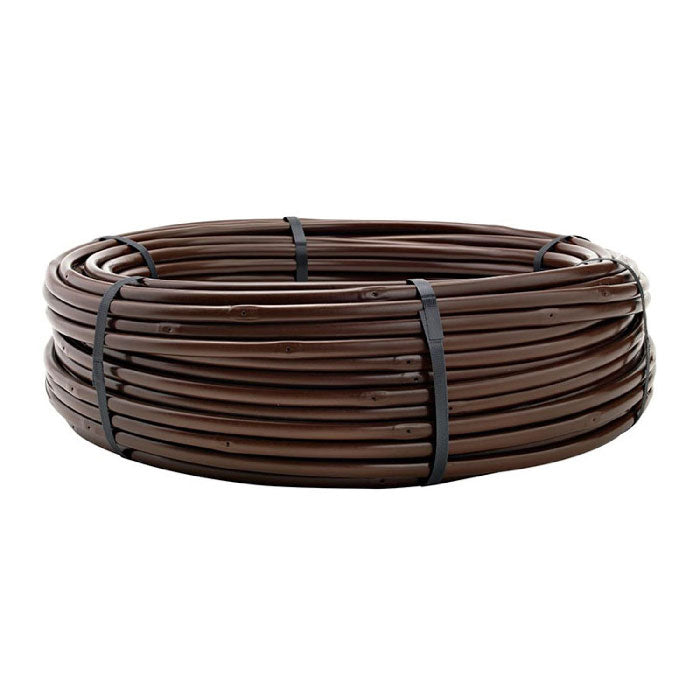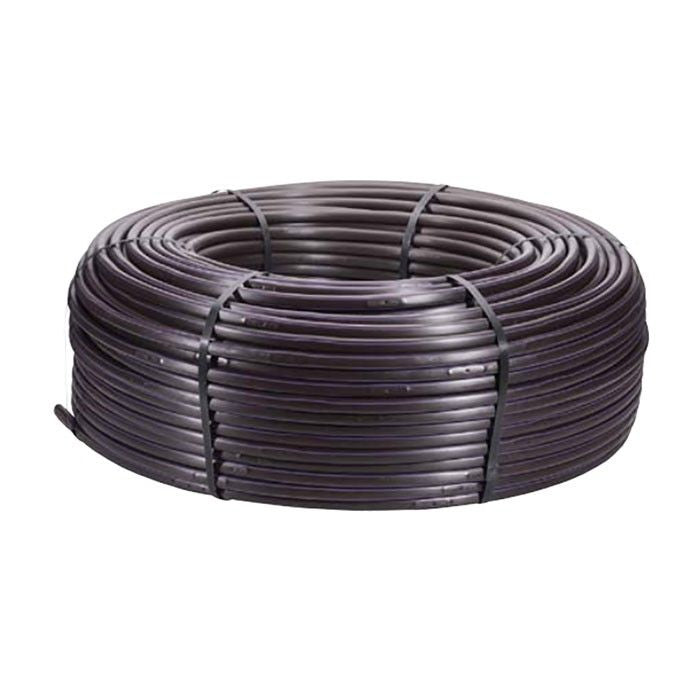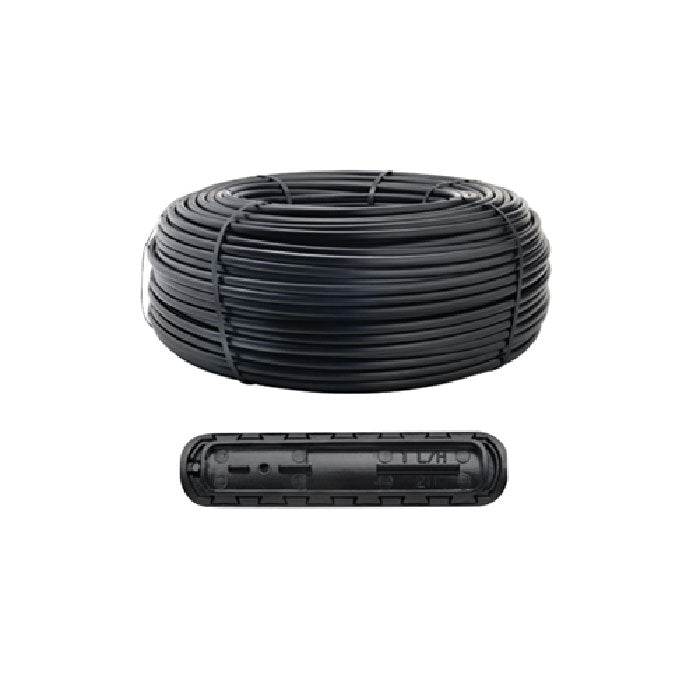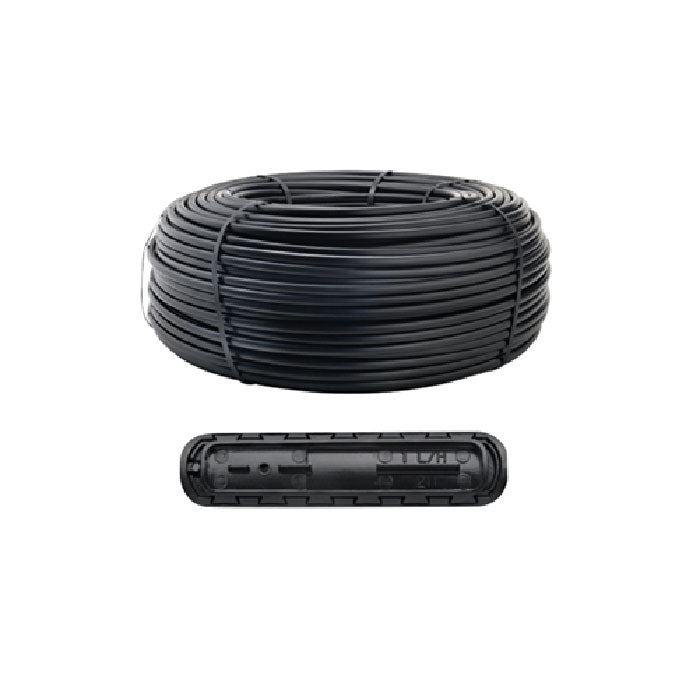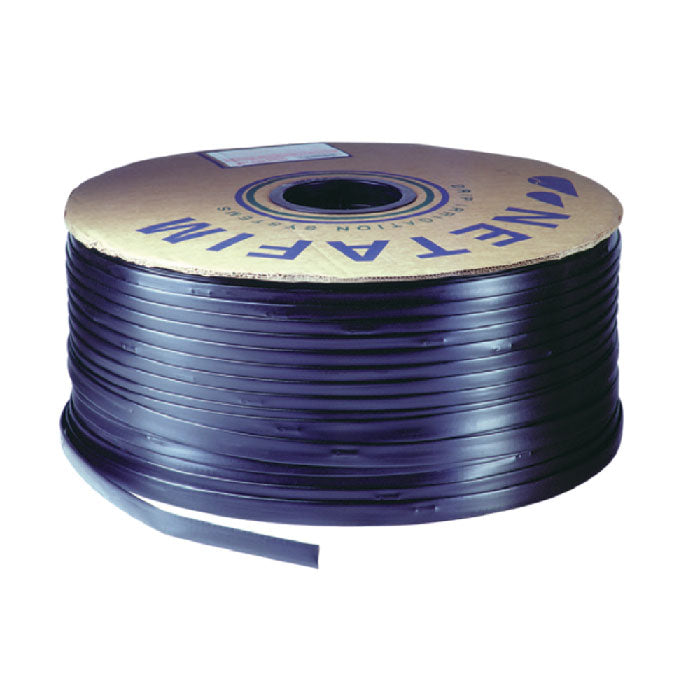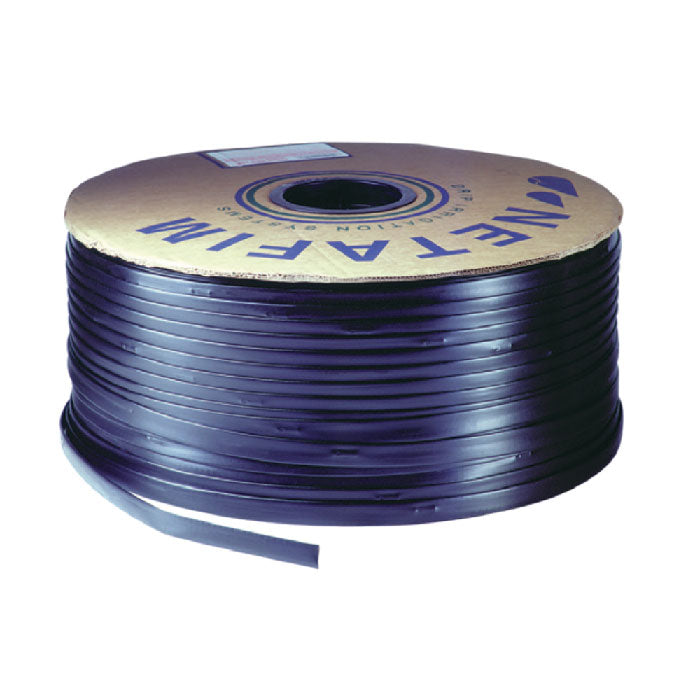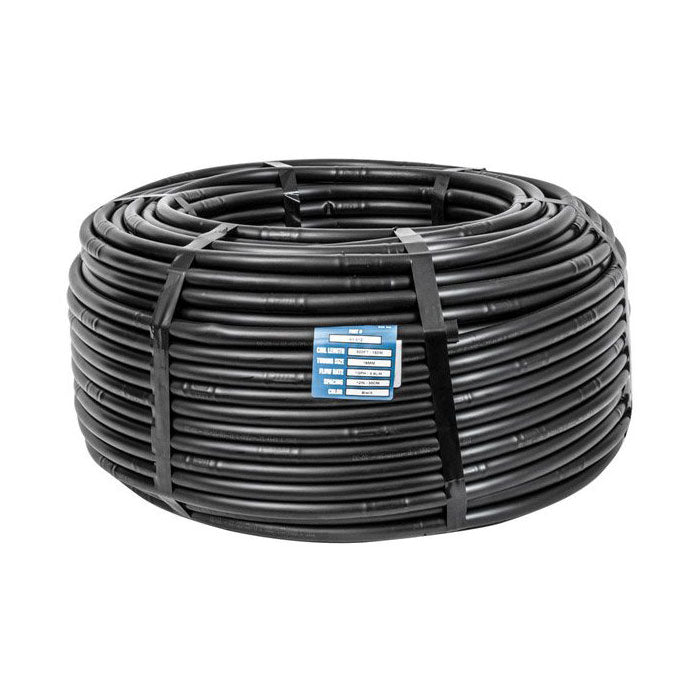Drip Tape Irrigation
You’ve probably heard of micro-irrigation that delivers little amounts of water to your beloved plants. Well, driptape irrigation is one such efficient method.
Drip line and tapes have been the product of choice for commercial growers and backyard gardeners for many years. It is economical and practical for watering long, straight-row crops. You can use drip tape above ground, mulched, or buried underground.
Drip Tape vs Drip Line
Irrigation dripline and Driptape are often mistaken for one another in this industry. Both are very similar, having drip emitters evenly spaced, and built internally into the pipe. But they are drastically distinct in material and application.
- Drip Tape - These are thin-walled tubes (typically between 0.55-0.3 millimeters thick) that lay flat until pressurized with water, while drip lines are solid, structured lines with a wall thickness of around 0.9-1.2 millimeters.
- Drip Lines - These pipes are more durable, allowing them to be used on long-term crops. They can also run at much more increased water pressures – between 15-60 Psi, compared with drip tape tubing which splits if water pressure exceeds 15 Psi.
Drip Tape For Micro-Irrigation
Drip tape (aka “dew hose” as it was initially known 60+ years ago) is super versatile as it can be cut to size for use in modest or commercial gardens and provides an eco-friendly way to water and feed your plants.
The natural targeted, low-pressure of drip tape irrigation decreases water expenses and minimizes the risk of plant diseases or issues due to water contact with foliage/stems.
It also lessens soil deterioration and allows rows between plants to dry due to the direct, efficient application of the watering system.
Where To Use Drip Tape Irrigation
Drip tape is best utilized in larger gardens with extended, straight runs and is perfect for providing water directly to trees and shrub roots.
It is also commonly used alongside capillary mats for bottom-water plants grown in containers, and as the tape can be cut to size, it can also be used in raised beds.
NOTE: While it can manage with slightly slanted gardens, it is not designed to work on curves, bends, or hills.
Drip Line For Micro-Irrigation
Dripline is often mistaken with soaker hoses, yet as you will see they are very different products. Dripline is similar to driptape in that it has emitters of various emission rates installed at evenly spaced intervals, however, the similarities end there.
Unlike Drip Tape Irrigation, the drip line is limited in length to the same limits as poly tubing of the corresponding size. This means that a ¼” drip line should never have a max run length longer than 30’ in a single run and a ½” drip line should never be longer than 200’ in a single run.
Drip line does have one advantage over drip tape in respect to flexibility. ¼” drip line is reasonably flexible, in fact, it is frequently used to make circles around trees in order to water the entire root system of a tree uniformly.
½” drip line isn’t quite as flexible as a ¼” drip line. It is as flexible as poly tubing, meaning it can take mild turns and bends but not harsh corners or 90-degree angles without the use of an irrigation fitting.
Soaker Hose
Soaker hoses are a fairly newer invention, and while drip line and drip tape are often referred to as soaker hoses they are actually a product unique unto themselves. Soaker hoses are not compatible with drip irrigation or pressurized systems.
Soaker hoses are most frequently made of rubber and other recycled material that is perforated throughout its length to allow water to seep out. In this regard it is similar to other drip irrigation products, however, there are some drawbacks ingrained in its design.
Because soaker hoses seep water along the whole length, there is no control over where the water is provided. If your plants are spaced 6” apart, there is little sense in watering the dirt between them.
Soaker hoses are also infamous for seeping more water out of the part of the hose closest to the water source than the ends furthest away. This is because soaker hoses do not work as part of a pressure regulating system. Even if water preservation isn’t a problem, the higher the water bill from wasted water is.
One benefit to a soaker hose can be when a long border of bushes requires watering. A soaker hose is good at this aspect as it can be laid along the entire length of a hedge and the perforated format means every part of the hedge will receive water.
However, the concern of uneven water distribution cannot be reduced and parts of the plant's roots may receive too much water while others may receive too little; this becomes even more apparent on irregular geography.
Soaker hoses, at the end of the day, are among the most elementary form of drip irrigation and other methods would likely see greater success and less waste, but there are situations (such as long hedges) where it can be valuable.
Final Thoughts On Drip Tape Irrigation & Lines
Driptape irrigation kits provide you with a straightforward manner of watering a large number of your garden plants or vegetable crops simultaneously, and its trickle-down approach saves much more water compared with spray or sprinkler irrigation methods.
Though the initial costs to install can be higher in general, this can be a beneficial investment as you’ll not only decrease your water bills, but the direct dripping into the soil minimizes the chance of plant illness, making it an efficient and smart choice!
